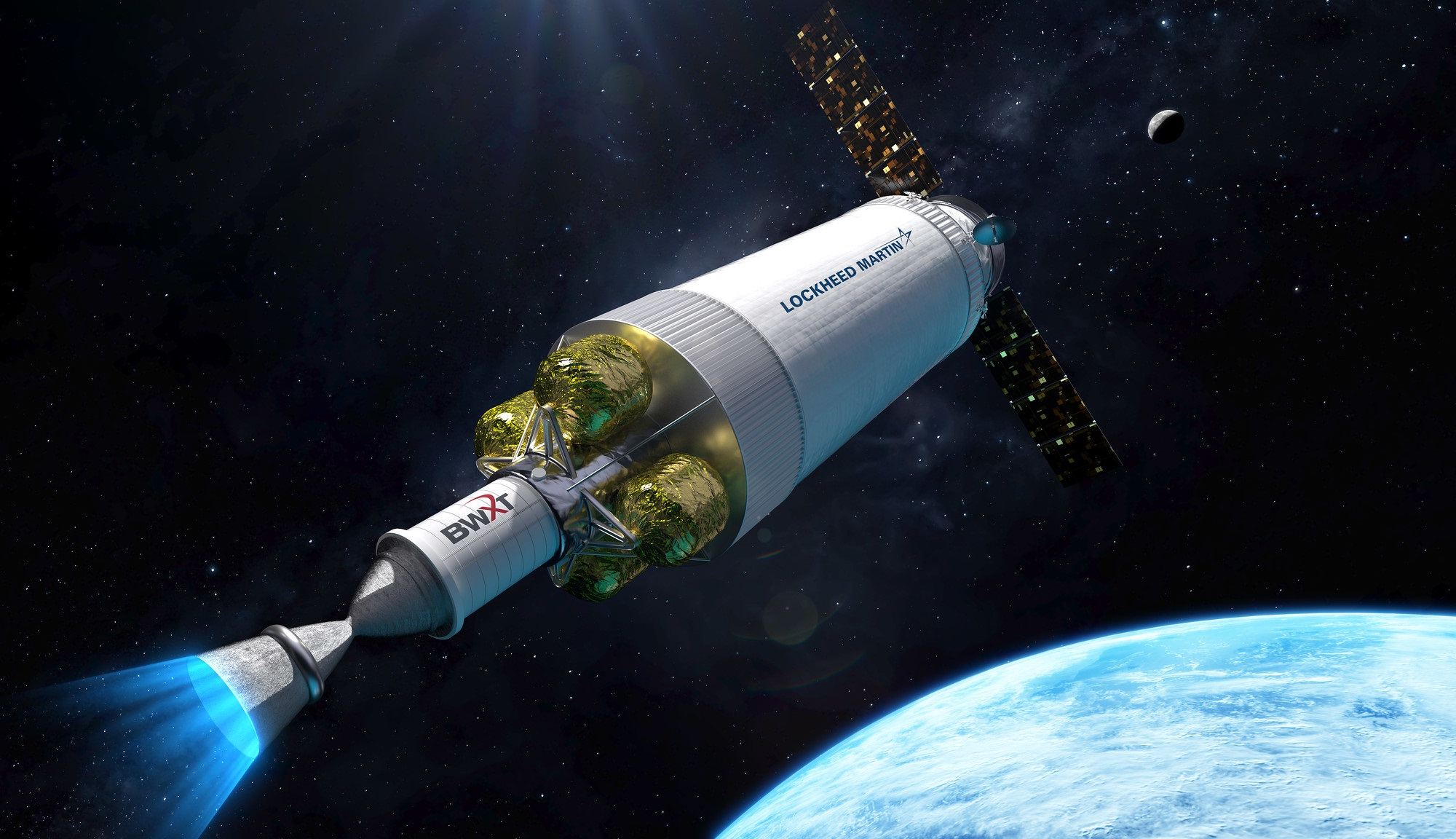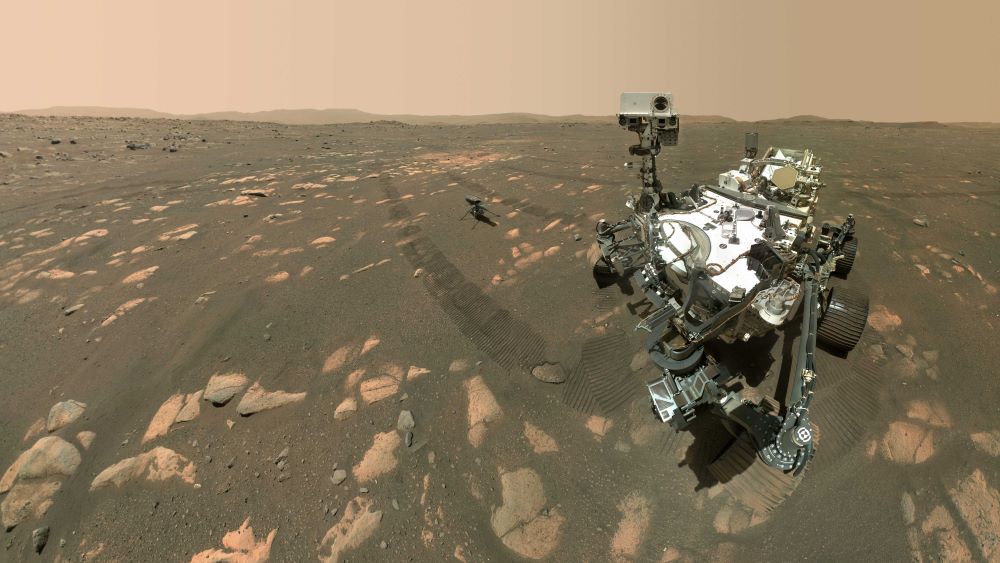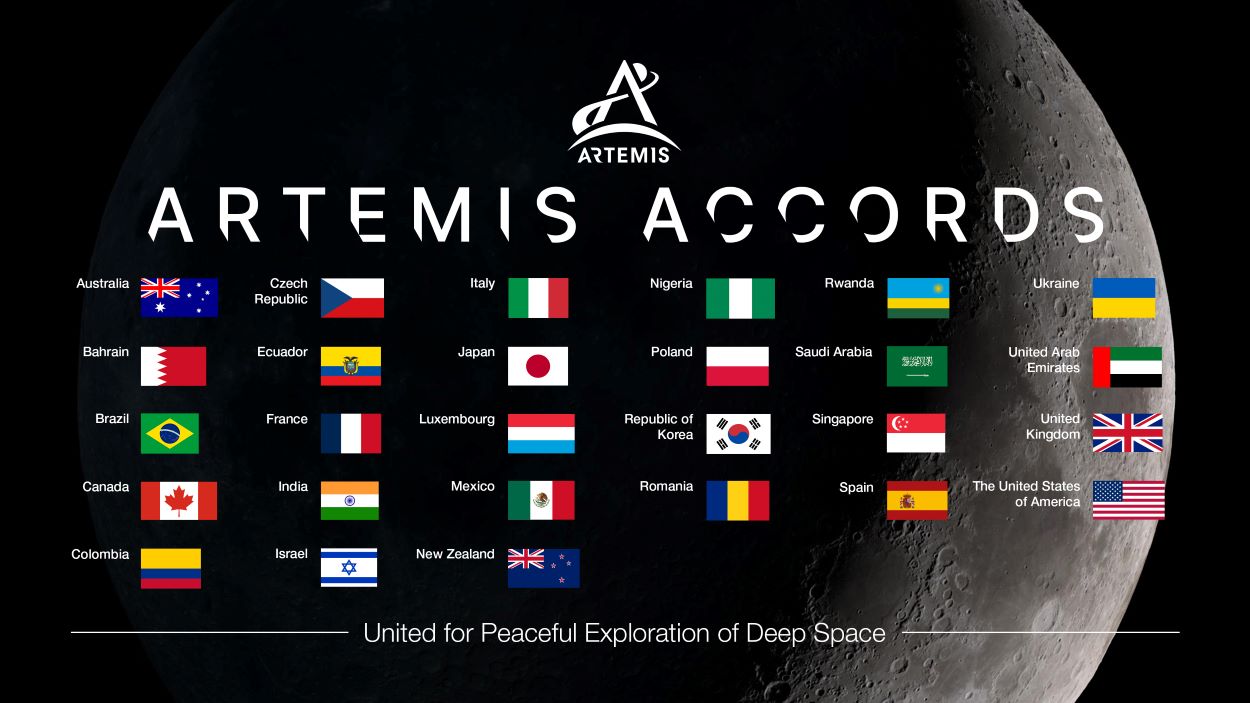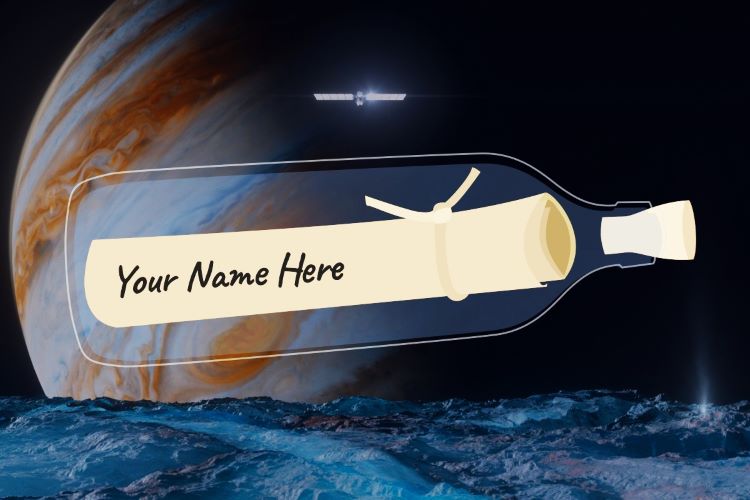A collaboration of engineers from NASA and academia recently tested hybrid printed electronic circuits near the edge of space, also known as the Kármán line. The space-readiness test was demonstrated on the Suborbital Technology Experiment Carrier-9, or (SubTEC-9), sounding rocket mission, which was launched from NASA’s Wallops Flight Facility on April 25 and reached an altitude of approximately 174 kilometers (108 miles), which lasted only a few minutes before the rocket descended to the ground via parachute.
Continue reading “NASA is Working on Technology to 3D Print Circuits in Space”NASA is Working on Technology to 3D Print Circuits in Space










